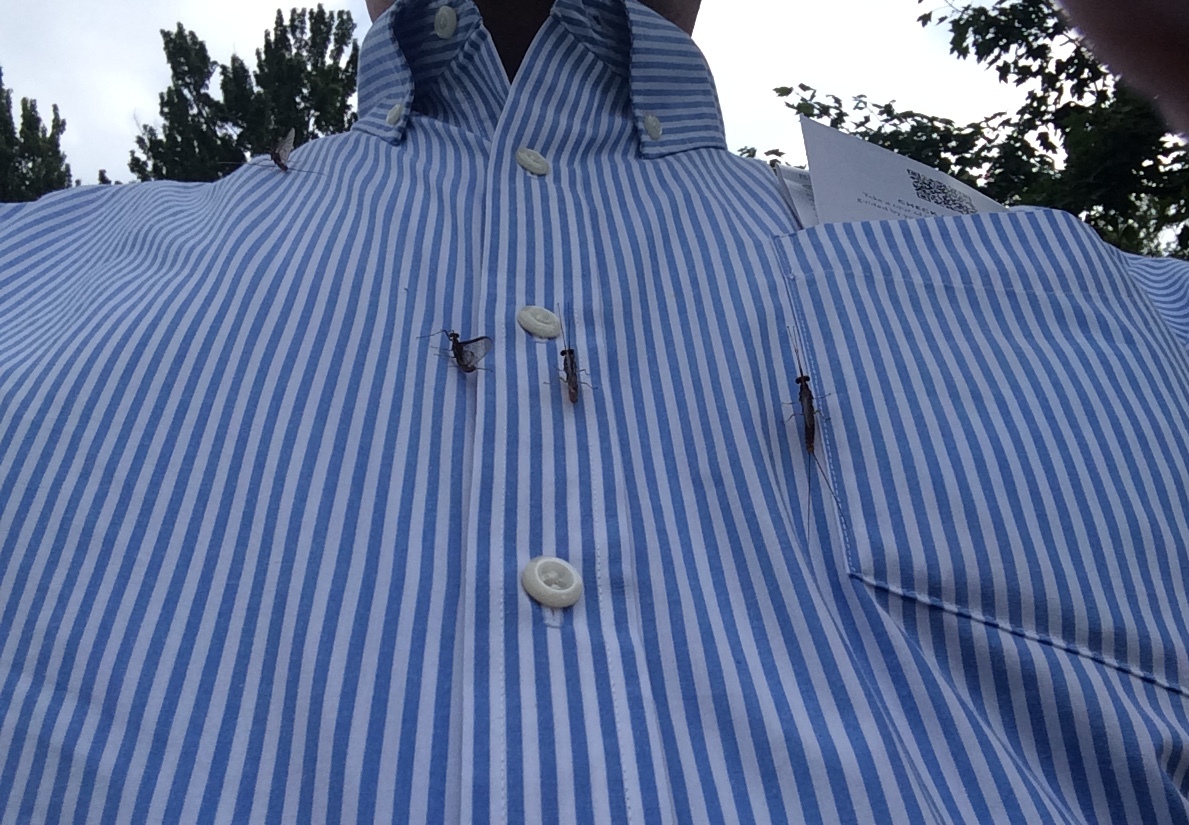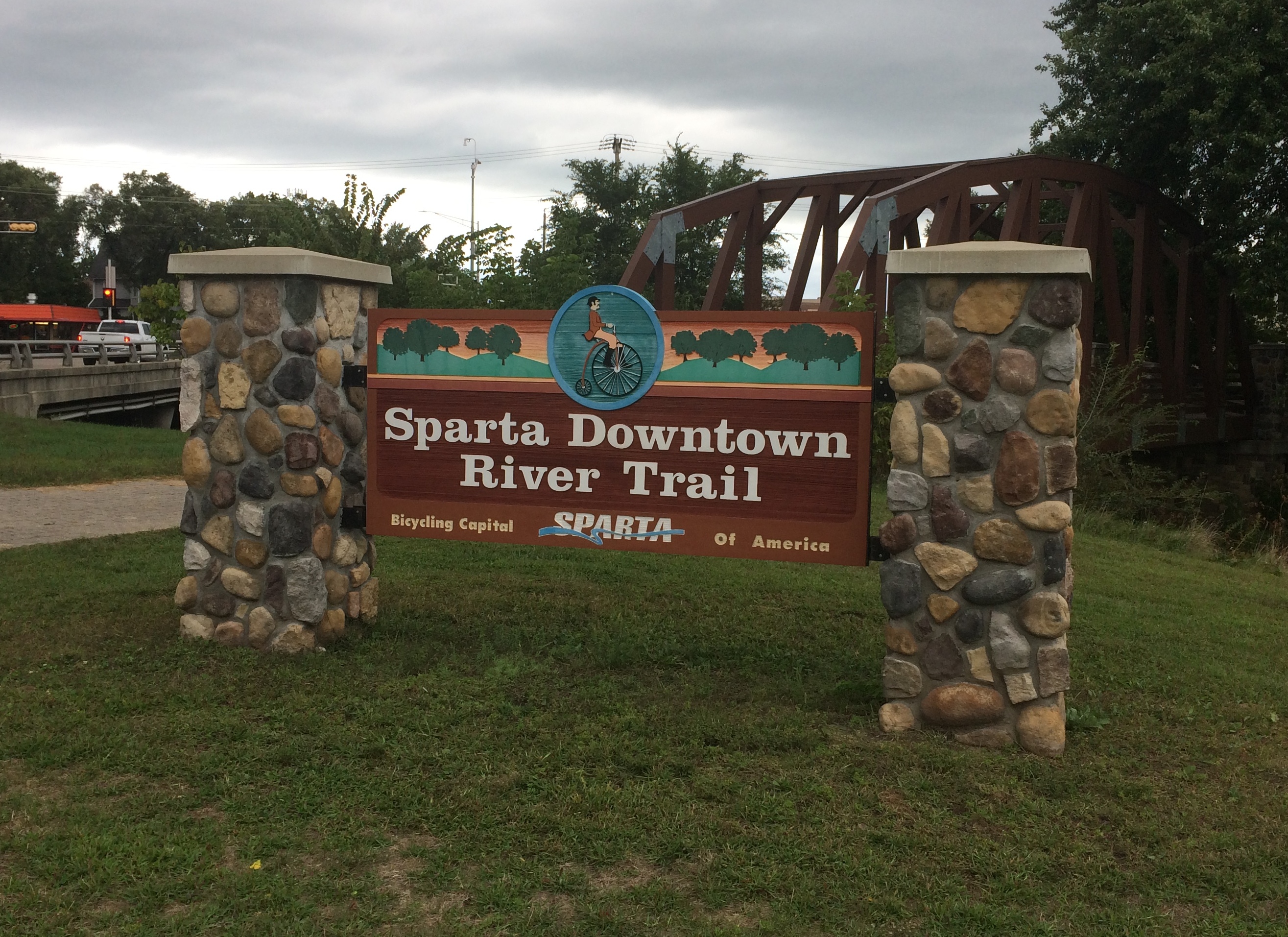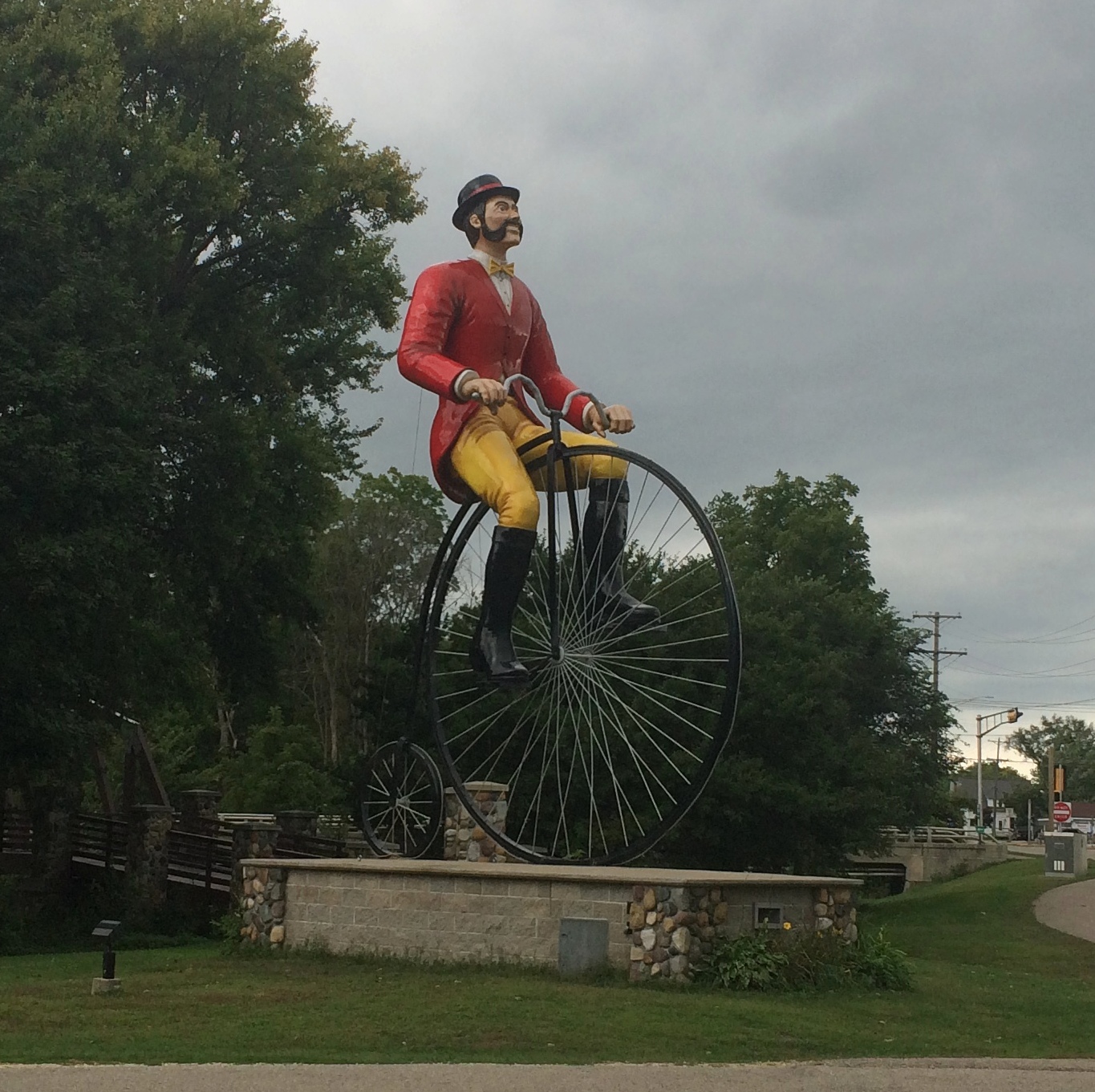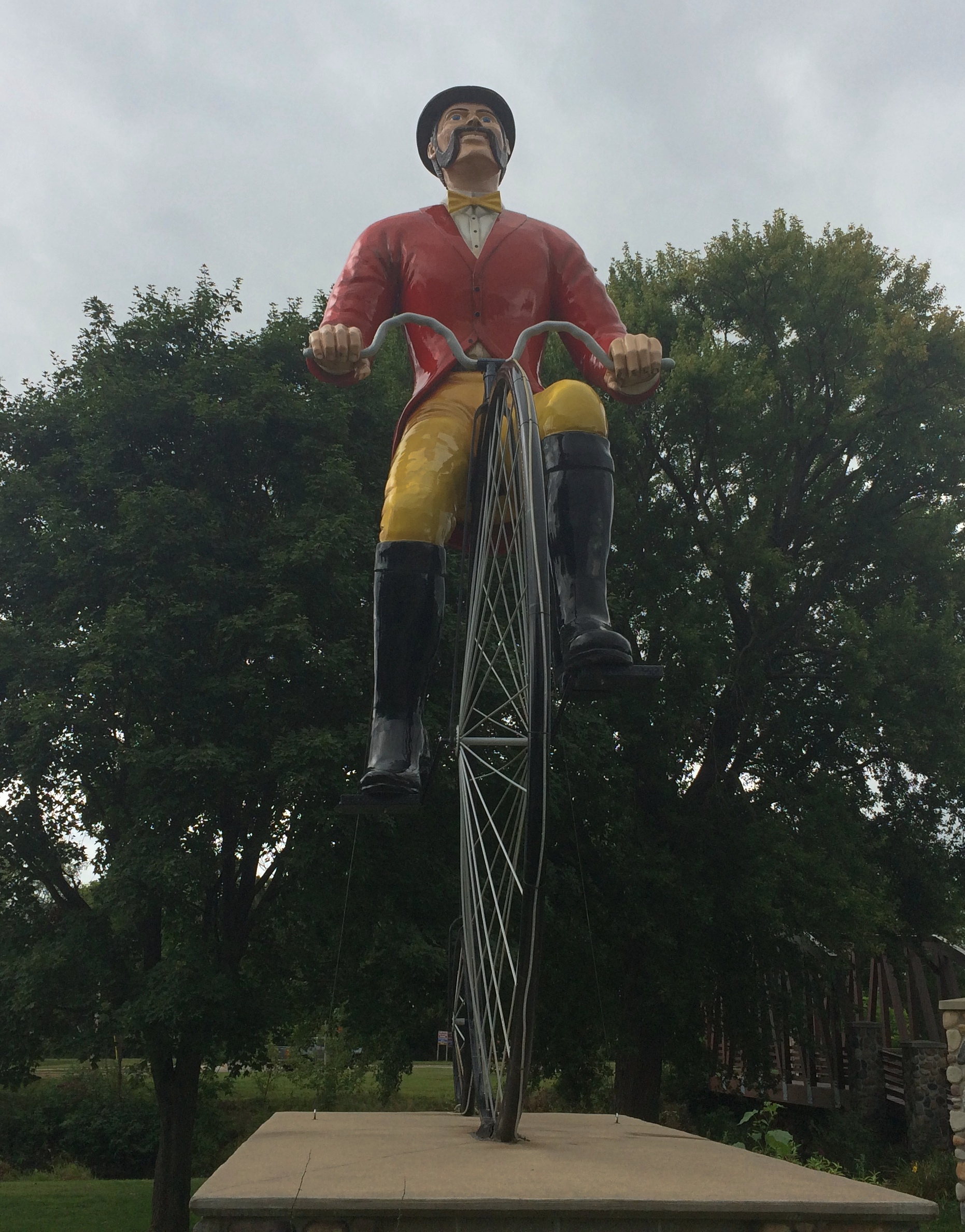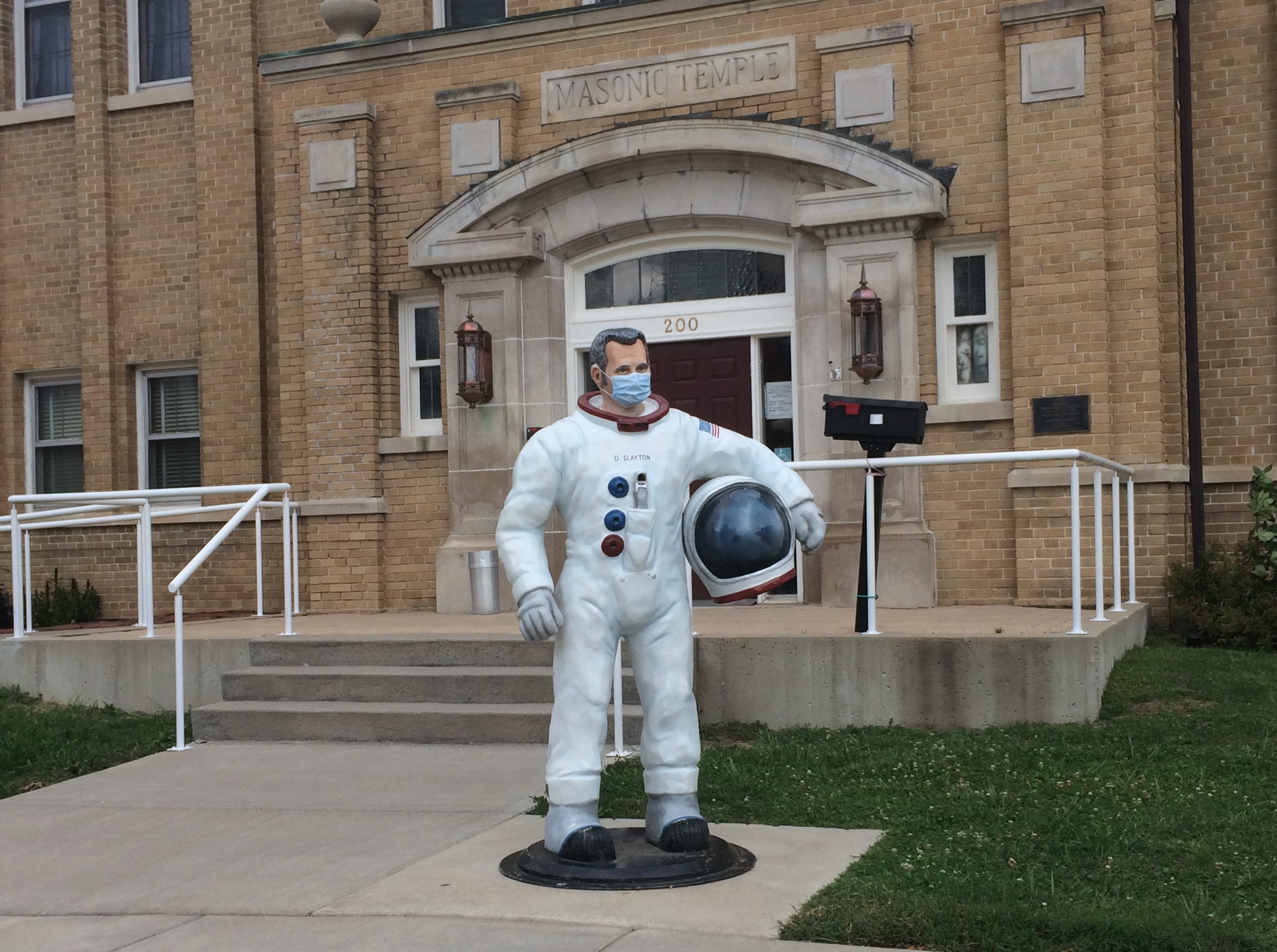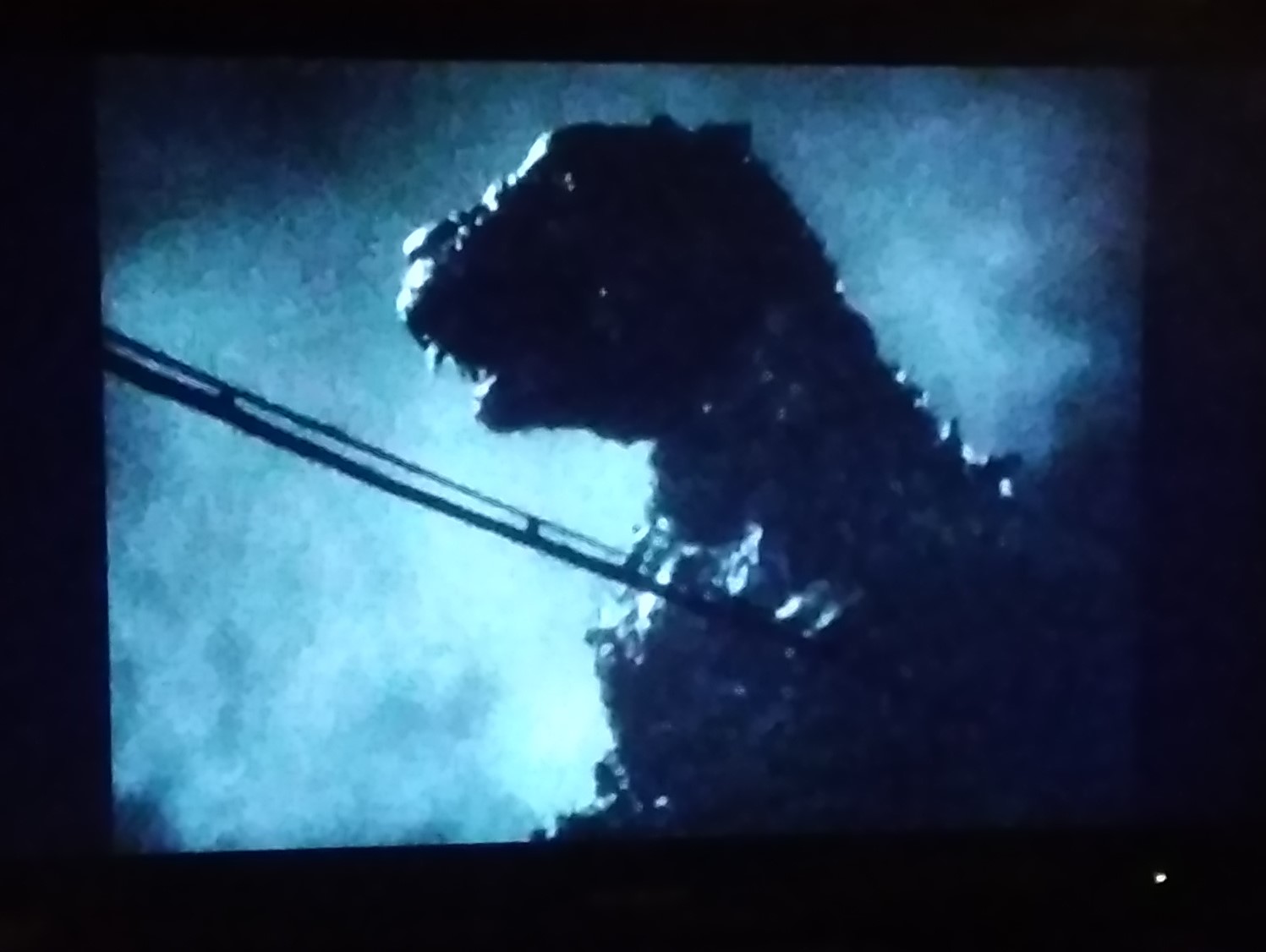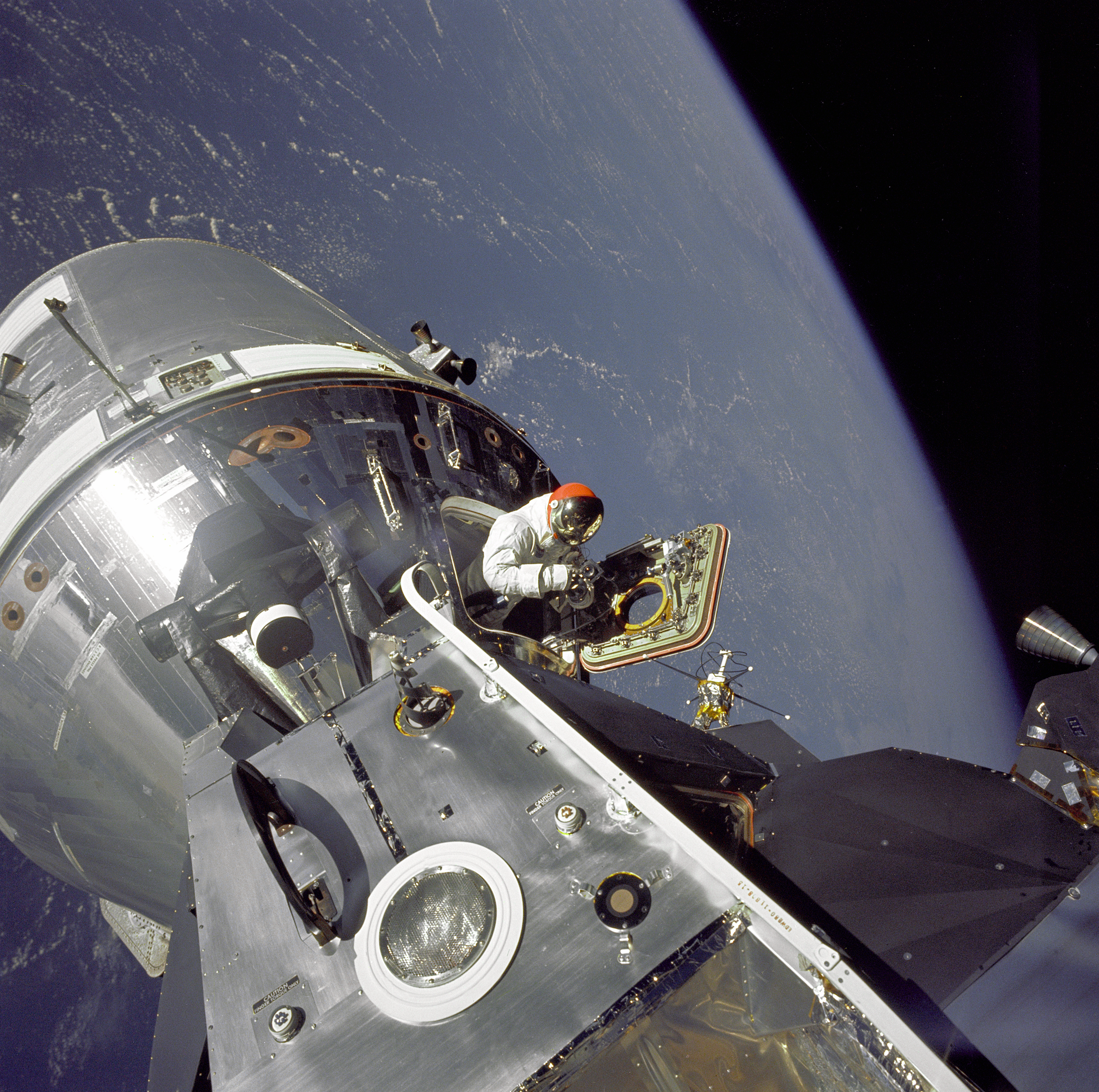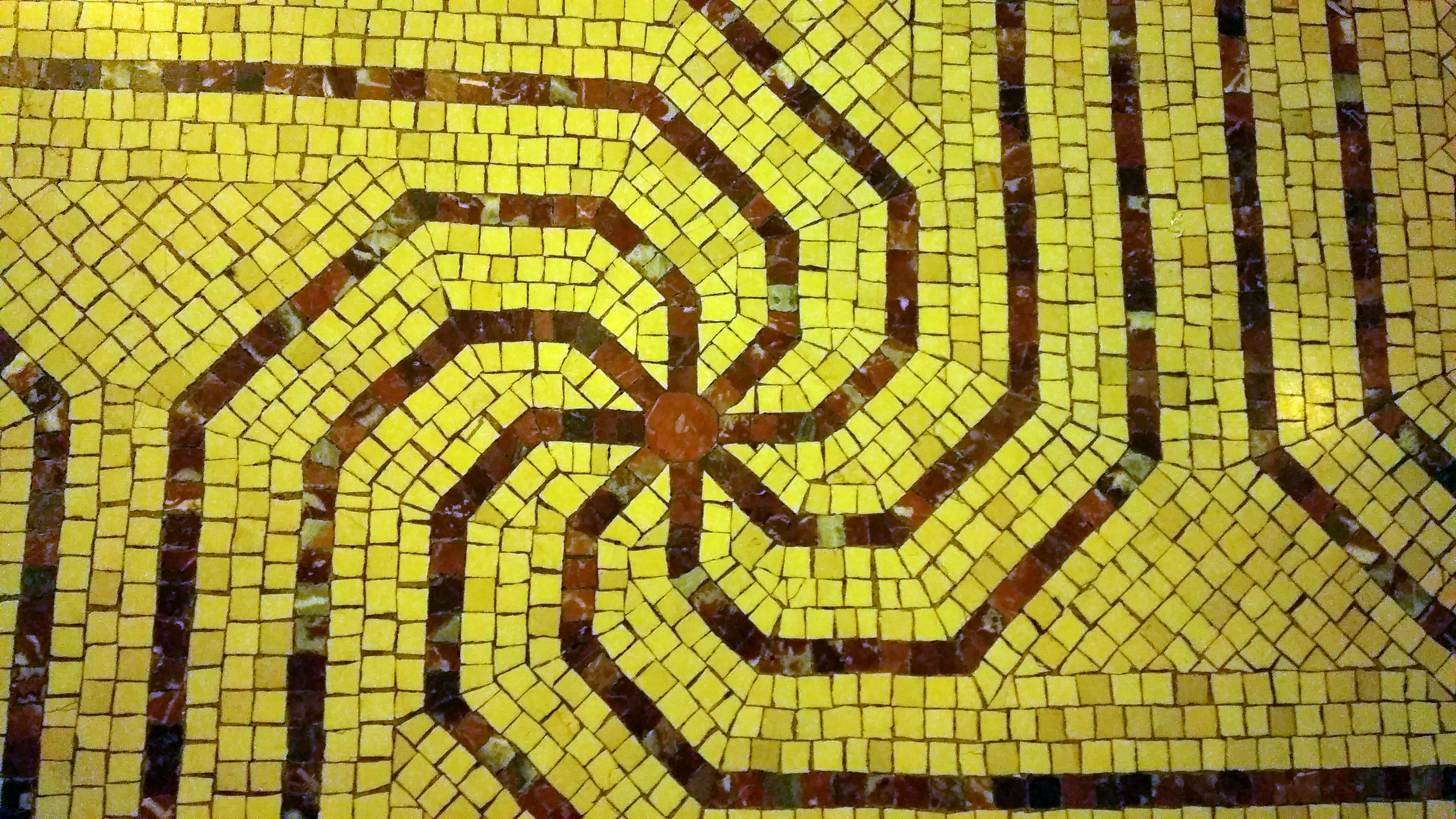Major thunderstorm last night, especially around 10:30, when I had a mind to take out the trash. Soon my phone started making a racket. It was sounding a tornado warning. That and the lightning and the heavy rain persuaded me to postpone my outdoors task until around midnight, when the storm had blown over. Naperville, a good ways to the south, had the worst of it.
Last Friday afternoon in greater Detroit, we made our way to Grosse Pointe Shores to see the Edsel & Eleanor Ford House, a 20,000-square-foot mansion on the shore of Lake St. Clair completed in 1928. The Fords hired Albert Kahn, who seems to have done everything in metro Detroit, to design the place.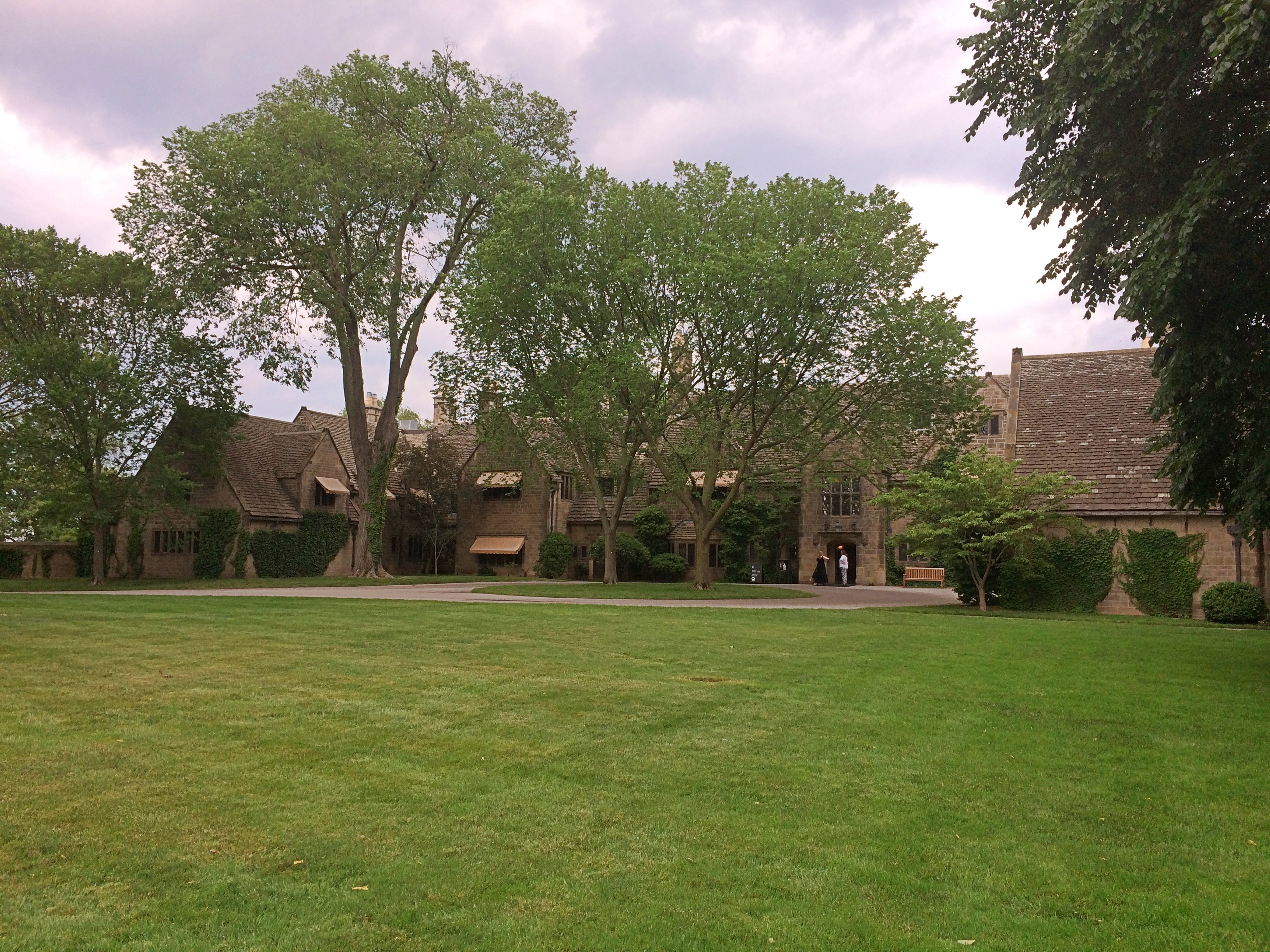
The Fords had liked the cottages they’d seen in England, especially in the Cotswolds, including such features as stone roofs, vine-covered walls and lead-paned windows. Not only did the Ford House design reflect English inspiration, the Fords had paneling, fixtures and other bits and pieces of Old England brought over for installation in the new mansion, back when that sort of thing was possible.
All in all, a handsome set of rooms to wander through. Such as barrel-vaulted Gallery, the largest room in the house. Sizable events were (and are) held here.
“The Gallery… is paneled with sixteenth-century oak linenfold relief carved wood paneling,” notes Wiki. “Its hooded chimneypiece is from Wollaston Hall in Worcestershire, England; the timber-framed house had been demolished in 1925 and its dismantled elements and fittings were in the process of being dispersed… [the] barrel-vaulted ceiling for the Gallery was modeled on one at Boughton Malherbe, Kent, England.”
A handsome living room. Too handsome ever to be a living space, I think, and no doubt clutter wasn’t allowed, or at least the staff made sure it disappeared.

This looks more livable: an upstairs art deco bedroom, one of the more modern rooms designed by Walter Dorwin Teague. You can imagine leaving newspapers and magazines and books lying around in a room like this, with a globe or two sitting around as well. Not visible in my picture are the number of radios the Fords had built into various pieces of furniture.

An attached complementary bathroom.
In Edsel Ford’s private office, I noticed a flag behind glass.
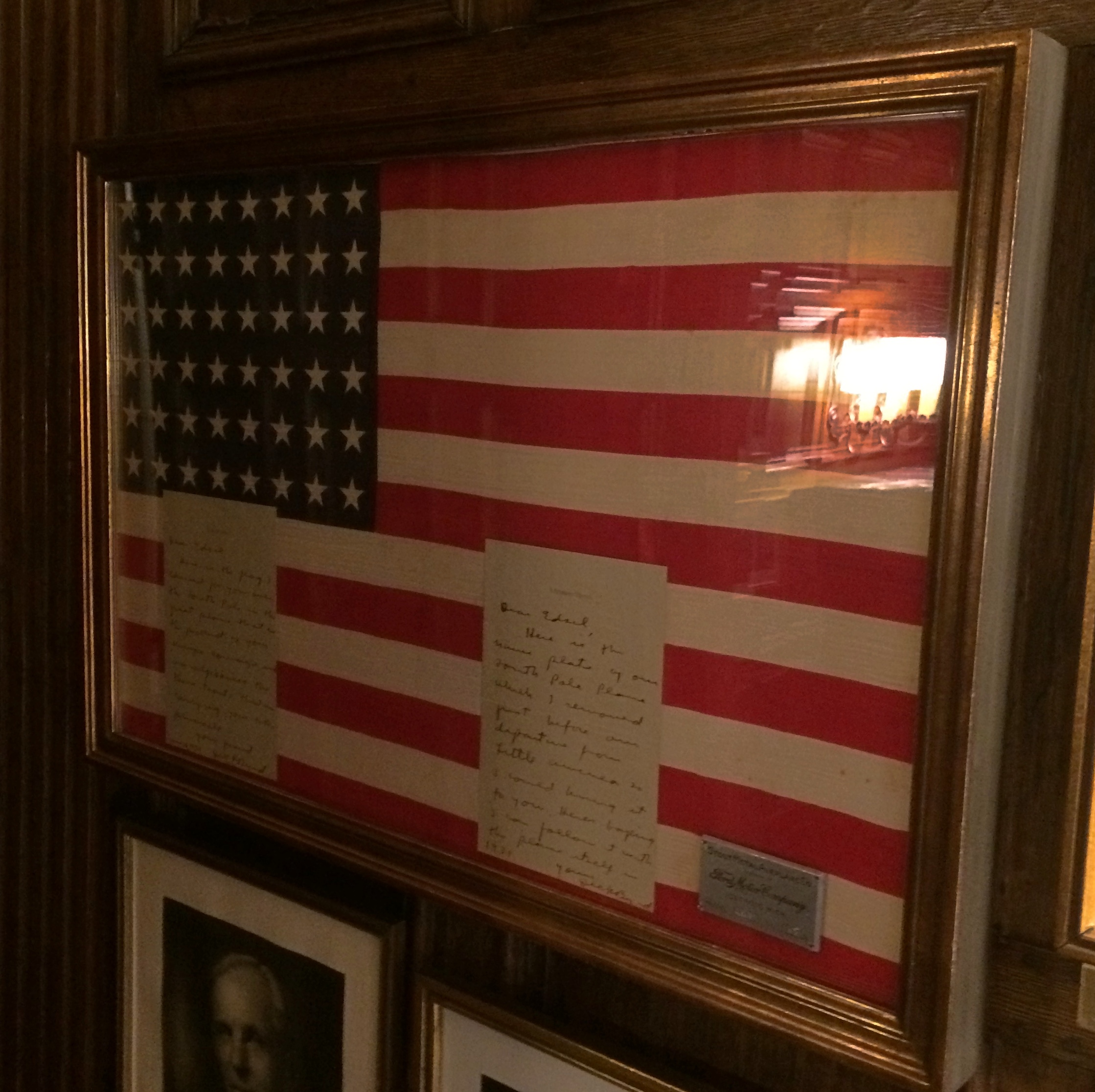
Adm. Byrd had taken the flag with him on his flight over the South Pole, and gave it to Ford — who had supported Byrd’s expedition, besides being the president of the company that built his airplane, a Ford trimotor — along with a handwritten letter. In another part of house is a flag Byrd took with him on his North Pole expedition.
One more item inside the house: a copy of a portrait of Edsel Ford by Diego Rivera. The artist wasn’t so much of a red that he wouldn’t take money from a leading captain of industry.
Outside, as you’d expect, the house has an expansive view of the lake.


Plus swarms of mayflies, some of which decided to land on my shirt. They didn’t bite or do anything but appear in large numbers in my vicinity.
We asked a Ford House worker about them, learning that they’re known locally as fishflies. This is their high season, when they are most likely to swarm.



